What is an NFT? Four simple words mean far more than most people would ever imagine. At this point, most people have a rough idea of what an NFT is. But that’s also usually quite removed from truly understanding NFTs or their capabilities. You’ll soon discover what an NFT is, why it’s essential, and how it’s evolving.
Quick Menu:
- What Is an NFT?
- What Is an NFT in Terms of Copyright?
- What Is the Overarching Significance of NFTs?
- The Characteristics of an NFT
- What Are NFT Types?
- What Is an NFT Marketplace?
- Examples of Famous NFTs
- What Are Some NFT Criticisms?
- The Intersection of NFTs and the Metaverse
What Is an NFT?
An NFT is most accurately described as a non-fungible token. Of course, the immediate follow-up to such a definition will usually be – what is a non-fungible token? Fungibility is an economic concept that refers to an item’s interchangeability. For example, the value of a dollar in the global market might change. But one specific dollar bill is exchangeable, or fungible, with any other dollar bill. A bill, in this case, can be seen as a token. So a dollar is a fungible token.
An NFT is a digital, non-fungible token. This means that every NFT is inherently unique. And the unique properties are created by entering them into an online ledger called the blockchain. Anything represented that way becomes an NFT. So you can create NFTs from music files, jpg images, and almost anything else. Digital assets in the metaverse are often created as NFTs to make them unique.
What Is an NFT in Terms of Copyright?
Metaverse companies and similar entities often use NFT sales as part of their business. It’s essential to understand exactly what is being sold when using those services. As such, asking what is an NFT should always be followed up with questions about the role of NFTs in copyright. People often misattribute NFT ownership with copyright ownership.
When you buy an NFT, unless explicitly stated in terms of the sale, you’re not buying the intellectual rights to the material contained within it. It’s similar to purchasing a print of the Mona Lisa. You’d own that individual print. But you wouldn’t have the right to any other print or to the Mona Lisa itself. And it’s generally safe to assume that material featured in an NFT might be used to create more NFTs later. As such, it’s essential to always look into an NFT’s copyright terms.
What Is the Overarching Significance of NFTs?
Now that you know about some of the technical elements of an NFT you might wonder what its role in modern technology is. What is an NFT in a more utilitarian sense? The answer to that question typically centers on the fact that NFTs are unique and inherently provide proof of ownership. An NFT can be used in a wide variety of different ways. But the overarching significance of NFTs centers on providing proof of ownership without necessitating physical evidence.
For example, imagine a huge statue on the outskirts of your town. You might buy that statue. But you wouldn’t want to move it. An NFT could instantly prove that you are now the owner without necessitating its relocation to your home. Likewise, NFTs can even provide that proof of ownership of digital items without physical presence. It’s a new way to prove ownership.
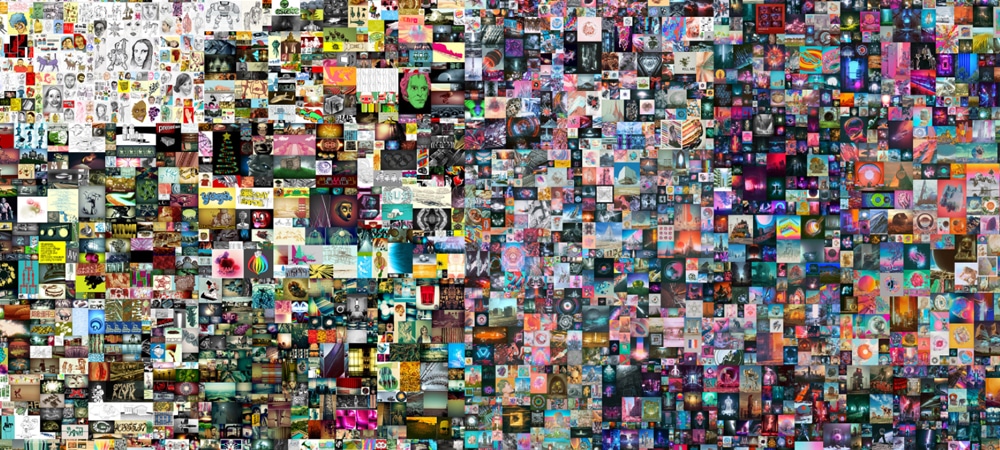
Image attribution: Christie’s
The Characteristics of an NFT
You’ll often find specific examples of NFT use in everything from metaverse events to online auctions in Web 3.0 apps. Each NFT implementation will typically differ from the others. But most NFTs usually embody the following main characteristics.
An NFT Is Unique and Singular
NFTs are inherently unique since they’re non-fungible tokens. Even if NFTs share visual elements, they’re always inherently unique from each other on the blockchain level.
An NFTs Can Be Owned
An NFT is tied to a DLT. This means that it’s ownable and can be transferred to others by controlling a private key.
An NFT Is an Indivisibility
Much as a ticket can’t be ripped in half to use a portion of it you can’t split an NFT. It’s inherently indivisible in functionality.
An NFT Creates Scarcity
Because NFTs are unique they can be a scarce resource. This is similar in both principle and practice to the scarcity of some specific baseball cards.
An NFT Provides Interoperability
An NFT isn’t specific to any one environment, metaverse implementation, or operating system. If NFTs work on one platform, then they work on them all.
An NFT Allows for Transparency
NFTs are tied to a publically distributed and open ledger. This means that sales and ownership are easily verified as is the authenticity of NFTs.
What Are NFT Types?
When people ask what is an NFT they typically proceed to ask about specific implementations. And there’s a considerable number of interesting NFT projects to look at. Some are more common than others. For example, metaverse crypto and NFTs go hand in hand. But you’ll also find specific concepts that show up in platforms like extended reality or even within physical events like basketball. The following NFT types highlight some of the most common or significant NFT implementations.
NFT Art
Digital art is the most popular form of NFT and typically serves as people’s introduction to the idea. Almost any type of digital art, even animated gifs or video, can be an NFT. And they can sell for impressive sums. Beeple’s “EVERYDAY’S: THE FIRST 5000 DAYS” sold for $69 million.
Media
Any media type, from video to audio files, can be minted as an NFT. And a new generation of publishers has stepped forward to help artists do so. Rarible and Mintbase both provide the tools an artist needs to create media NFTs. This opens up new markets and experiences.
Music
You might have seen one-of-a-kind collector’s editions of an album. And the same principle holds true for digital music. Music-based NFTs have an additional benefit, though. NFT distribution means artists are typically able to keep 100% of the sale without needing to pay the labels or intermediaries.
Gaming
NFTs typically show up in games as items. Collectible and clothing-based NFTs are among the most famous examples. Perhaps the most interesting application comes from sales outside of a game. Rare game items already show up in auctions. So NFTs will likely help drive this trend even further forward.
Domain Names
Domain names are what you type into a browser to load up a website. They’re essentially digital signposts that point to a web server. And domain names can also be created and minted as an NFT. Unlike standard domains, you don’t need to pay renewal fees for NFT domains continually.
Identity
Identity theft and breaches are common news these days, as is their impact. But the same tech that makes NFTs unique and verifiable can do the same for you. It allows for easier and more secure ways to share aspects of your identity while still maintaining control of its entirety.
NFT Trading Cards
Trading cards are often thought of as the ultimate example of collectibles. And comparisons between them and NFTs often come up as well. It’s little surprise that digital NFT trading cards and similar collectibles are hot items on the larger market. Like baseball cards, NFT cards often accrue significant value.
Memes
Memes have become an essential part of modern pop culture. Meme creators have combined their singular form of humor with the potential of NFTs to create NFT-based memes. In doing so, creators have demonstrated just how innovative the modern digital ecosystem really is. Humor and high-tech advancements can perfectly align.
Databases
The idea of a database that’s also an NFT might seem improbable. But the blockchain is essentially data. Likewise, NFTs are static data. And the two can combine to form a standard database. This typically comes from a Web 2.0 system that utilizes a user’s social data.
Fashion NFTs
Your metaverse presence comes in the form of an avatar. And just as you need clothing in the physical world so will your avatar in the digital. Many famous brands have brought their fashion into the metaverse in the form of NFTs. This also allows for rarer outfits and accessories.
Redeemables
Think about how you use redeemable offers, like coupons, in the physical world. Any coupon is a unique instance of a shared design that is traded for a specific value. The unique nature of NFTs makes them fit into this model so perfectly that they are often used as redeemables.
Membership
Clubs have always been and probably will always be popular. Different subcultures like to get together while strengthening what makes them unique when compared to the average person. NFTs allow for this in online spaces by acting as a unique virtual membership card. It’s a unique, digital, online entry key.
Tickets
Just as NFTs can act as membership cards, they can also allow entry to various events. An NFT-based event ticket operates in a similar way to analog tickets. And apps on smartphones even make it easy to use a digital NFT ticket in offline events like entry to sports stadiums.
What Is an NFT Marketplace?
A journey that began by asking what is an NFT has now reached the point where you might be wondering how to get into it for yourself. Whether as an NFT creator, collector, or both. This dream is easily realized within NFT marketplaces, which are essentially the digital equivalent of art galleries. Some NFT marketplaces provide a specific focus on one or two types of NFTs. In contrast, others have a broad reach over the larger digital realm. You can take a look at the most important marketplaces in the article “NFT Marketplaces; The Top 10 Markets for Your NFT Needs”.
Video: OpenSea | The NFT marketplace
Examples of Famous NFTs
Now that you’ve seen the most important categories, what about specific examples within them? The following items by no means constitute the entirety of every important NFT project. But they’re among the best of the best in terms of public recognition and fame.
CryptoPunks Bring an Aesthetic Edge to NFTs
CryptoPounks was created in 2017 through a unique combination of human ingenuity and artificial intelligence, which resulted in a full collection of 10,000 unique NFTs. The NFTs are especially notable for their cute punk aesthetic. And the variety of styles even includes some non-human elements like zombie or ape punks.
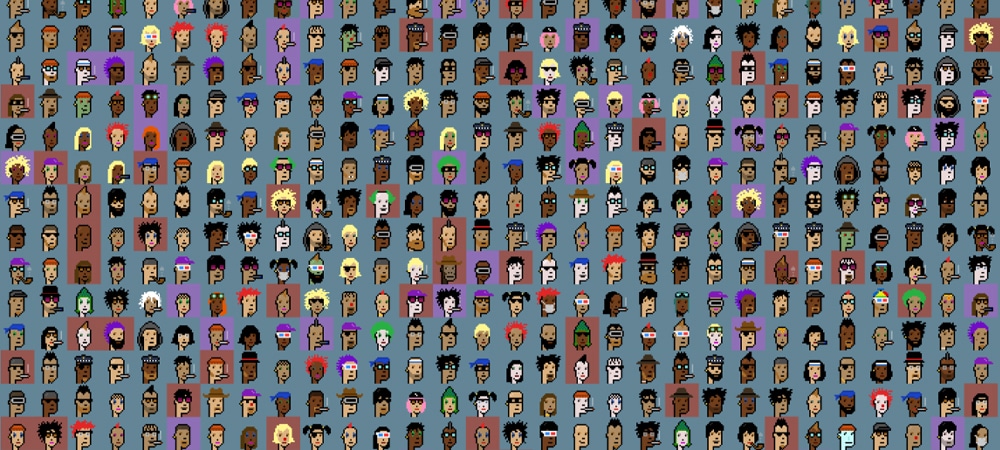
Image attribution: LarvaLabs
Bored Ape Yacht Club Caught the Whole World’s Attention
The Bored Ape Yacht Club is easily one of the most well-known NFT art projects. Thanks in part to well-known names like DJ Khaled and Eminem owning these NFTs. The original project was launched in 2021 with 10,000 unique ape-themed images—the NFTs act as both collectibles and membership cards.
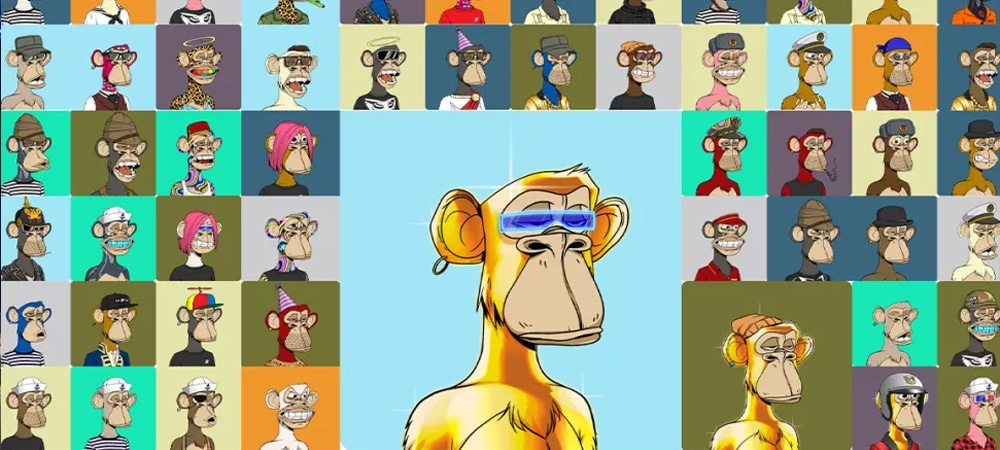
Image attribution: Creative Bloq
Decentraland Highlights the Convergence of NFTs and Real Estate
The real estate and land markets are one of the larger drivers of the standard economic system. And Decentraland deserves a lot of credit for bringing that same concept to the metaverse through NFT land deals. Decentraland boasts users as illustrious as Paris Hilton, with sales reaching $15.53 million.
Video: BinanceUS 1st birthday party in Decentraland’s Crypto Valley
Axie Infinity Brings Games to Life With NFTs
Axie Infinity is far from the first game to make use of NFTs. But it’s one of the best examples of how well NFTs and games can synergize. Players familiar with monster collecting games will feel at home in Axie Infinity. But the twist comes from the creatures being NFTs.
Video: Axie Infinity: Origin – Official Gameplay Trailer
CryptoKitties Helped Create Metaverse and Blockchain Gaming
CryptoKitties is a game where you can play around with digital cats. You can buy, sell, and breed your digital felines. But while there’s fun to be had, what really makes CryptoKitties important is its role in history. The game was originally created to show NFT’s gaming potential.
Video: CryptoKitties
What Are Some NFT Criticisms?
Asking what an NFT is will inevitably hit a wide variety of different topics. As you’ve seen, most of these subjects provide a wealth of positive ideas and experiences. But there are also some valid concerns about NFTs. The following issues are among the most significant questions raised by NFT critics.
Concerns Over the Environment
Standard transactions on the blockchain always leave some level of carbon footprint, with the size of the transaction generally scaling the overall impact. However, new techniques are being developed and implemented to help combat this concern. This includes new proof of stake techniques and moving non-essential procedures off the blockchain.
Fees Built Into Common Transactions
Big-name sales that earn millions of dollars for an artist get a lot of attention. But most sales are much smaller, which makes transaction fees more of a concern. A low profit on a sale can be whittled away by tertiary fees. This can include minting and auction costs.
Worries Over Plagiarism & Fraud
Many artists have had their work sold as NFTs without prior consent. This breaks both intellectual property and copyright. However, many NFT markets are also working to stop this trend by implementing safeguards into their platforms. This typically manifests as “takedown teams” who remove NFTs that go against site rules.
The Intersection of NFTs and the Metaverse
When people ask what is an NFT the answer often leads to discussions of the metaverse. And discussions of the metaverse often prompt people to ask what are NFTs. This interplay between the two stems from the fact that NFTs work with the larger metaverse blockchain. It means that the metaverse itself can be thought of as a universe built on top of NFT-related technologies. Likewise, elements of NFTs and specific implementations are ubiquitous in the metaverse. You can explore the full potential of the metaverse in the article “Metaverse Guide; Understanding The Basics Will Open Up a New World”.
You’ve now seen just how much meaning is packed into the question of what is an NFT. You’ve also witnessed examples of NFTs impacting the world in a variety of different ways. Now it’s time to get some first-hand experience.
Did You Like This Article About What Is an NFT?
You might also be interested in the following articles:
- AR Contact Lenses; Learn About Advanced AR Technology
- Epic Games; Overview, Popular Games & Metaverse Connection
- Google Metaverse; Google’s Take on the Digital Universe


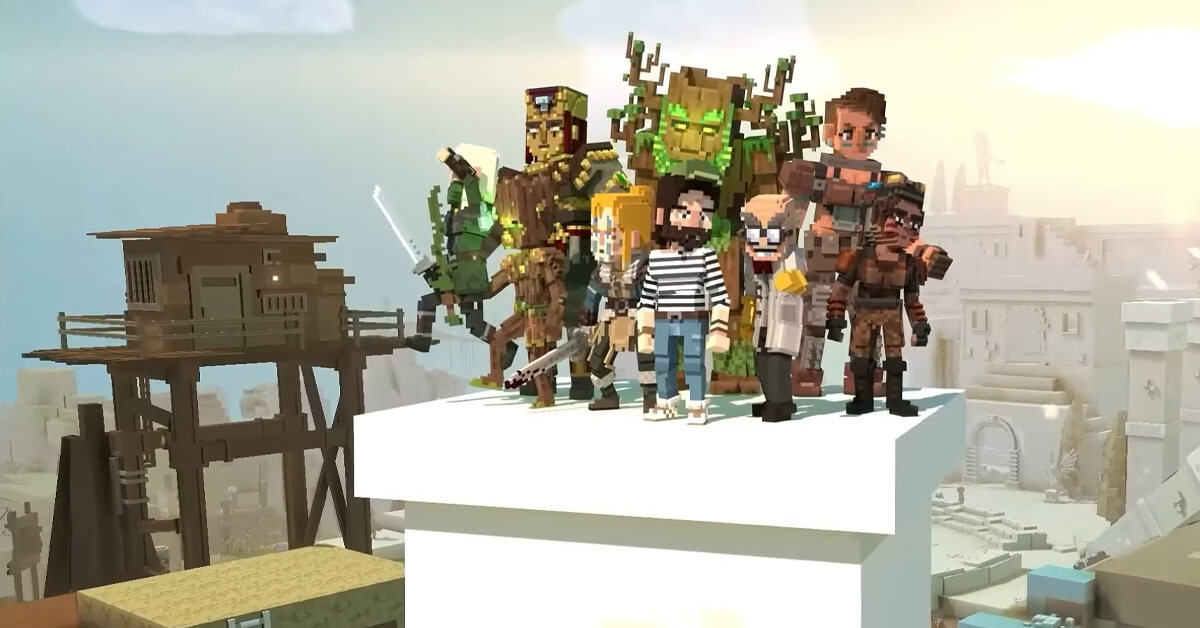

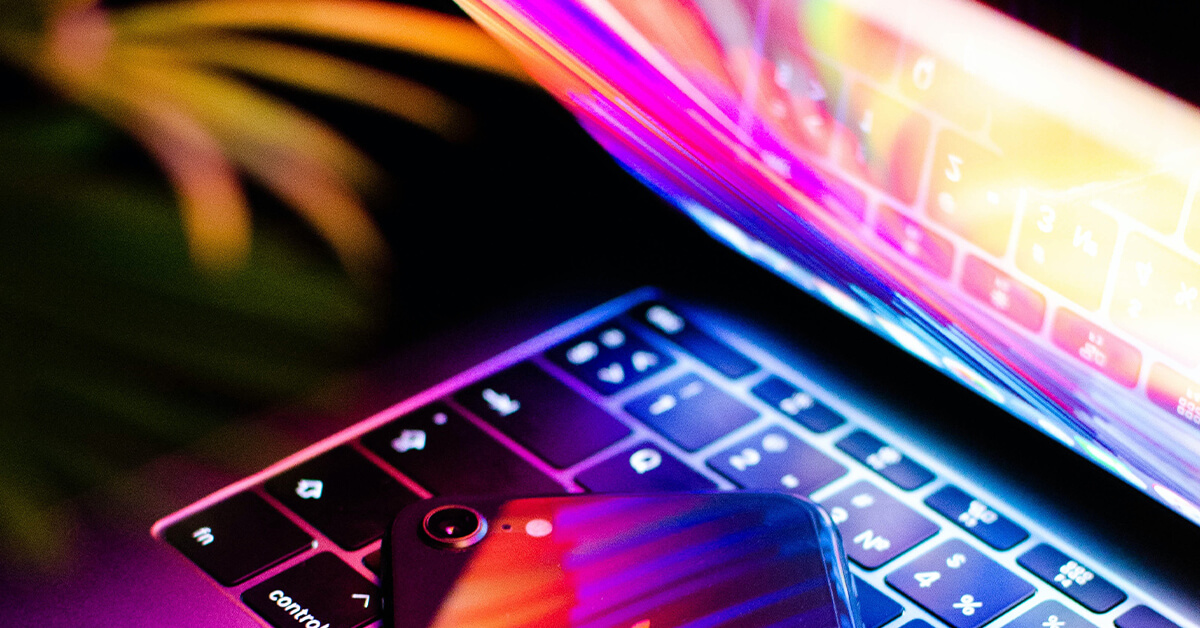




Thank you for sharing the helpful information. An NFT is a crypto collectible different from a regular cryptocurrency because it is not mineable. A finite number of NFTs can exist, and once they are gone, they are gone forever. This is why they are more scarce than a typical cryptocurrency. Some NFTs are tradable, but most are not.